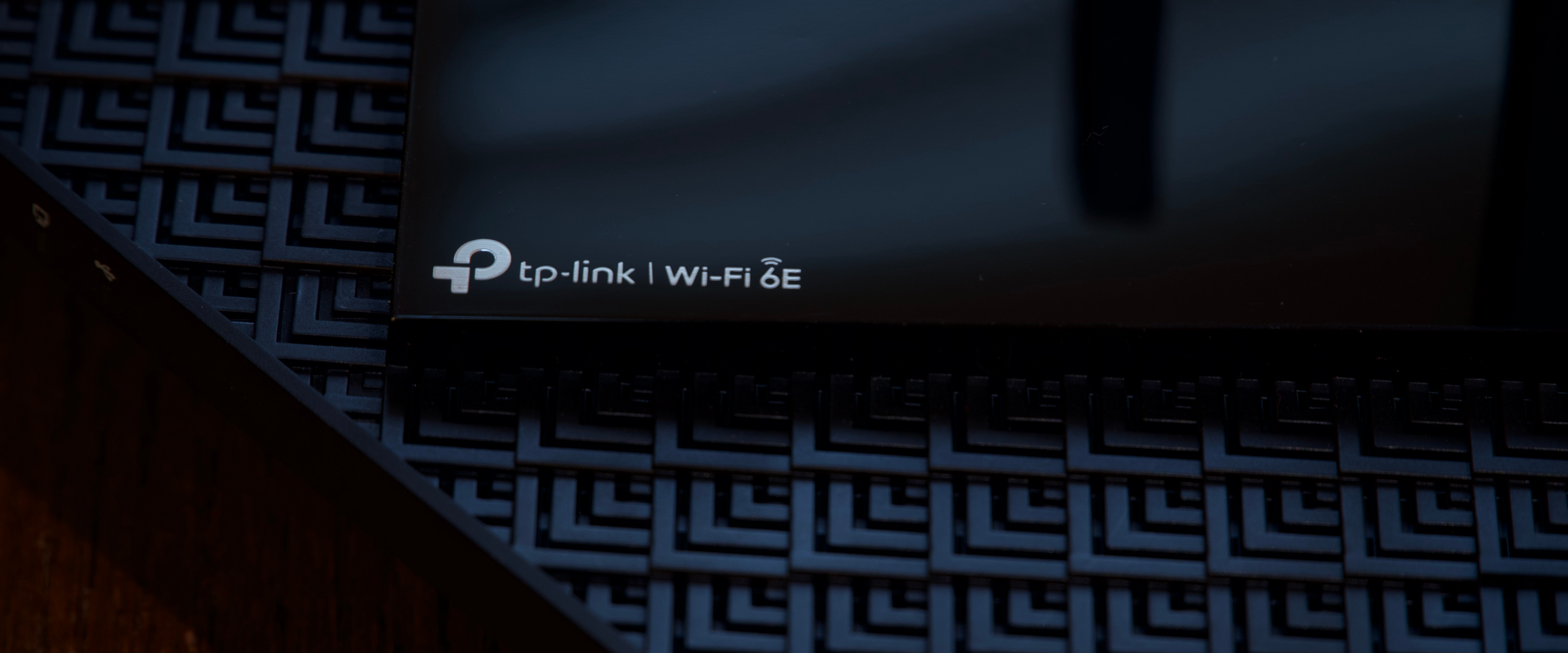Android Central Verdict
The Archer AXE75 is a fast and reliable W-Fi 6E router with plenty of speed for gigabit internet connections. With 160MHz support for both Wi-Fi 6 and Wi-Fi 6E devices, the AXE75 is a good router to make the transition to 6GHz devices without giving up 5GHz speed.
Pros
- +
Fast speeds on 5GHz and 6GHz
- +
Affordable
- +
Support for 160MHz on both 5GHz and 6GHz
- +
Free HomeShield controls are enough for many
- +
OneMesh expandable
- +
VPN Client support
Cons
- -
No multi-gig Ethernet
- -
Mesh expansion could be better
Why you can trust Android Central
The problem with introducing a new technology standard is that the affected products need to offer years of backward compatibility or risk making perfectly functional devices obsolete. Wi-Fi 6E has arrived and some excellent high-end devices like the latest Pixel 7 phones have embraced the tech, but the fact of the matter is that most of our devices still use Wi-Fi 6 or Wi-Fi 5. Some smart home tech uses even older standards making it essential for new routers to support years of aging tech to make sense.
The TP-Link Archer AXE75 is a router that can live comfortably in the middle with plenty of capacity for new and old devices so you can take advantage of your full connection speed. TP-Link pulls this off thanks to a tri-band AXE5400 connection with 2402Mbps at 6GHz, 2402Mbps at 5GHz, and 574Mbps at 2.4GHz. Unlike some earlier WI-Fi 6E routers like the Linksys Hydra Pro 6E went all-in with Wi-Fi 6E and which meant that the majority of the router's capacity would go unused by most devices in your home. TP-Link avoided that issue with this router and its balanced capacity across bands.
TP-Link Archer AXE75 review: Price and availability
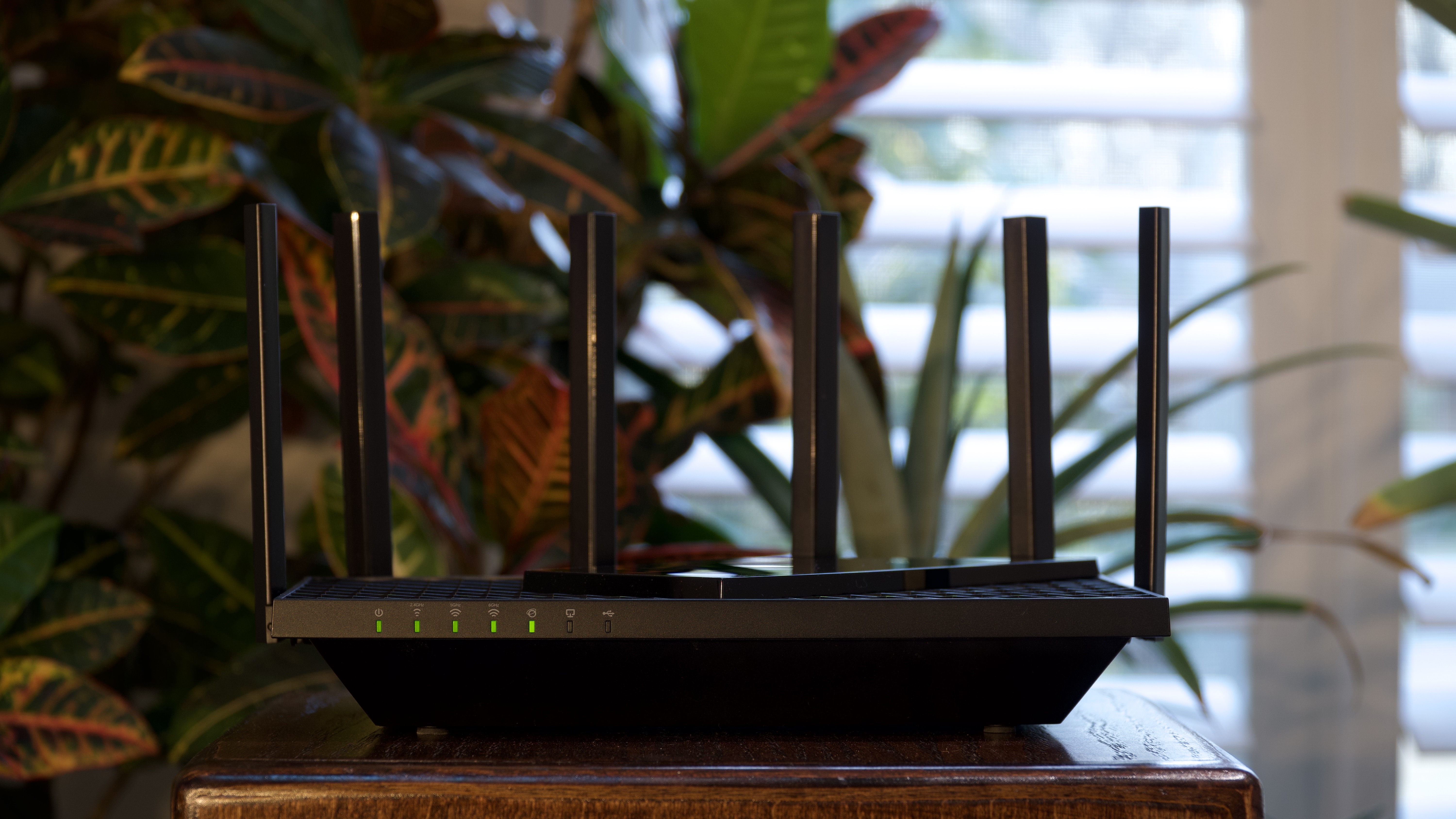
The TP-Link Archer AXE75 is available from online retailers like Amazon and has been available since June of 2022. This router has a suggested price of $199.99 and can often be found a bit cheaper with sales. There is a similar-looking Archer AX75 that swaps the 6GHz band for a second 5GHz band so make sure you’re grabbing the right version. TP-Link offers an optional subscription service called HomeShield with enhanced security options and parental controls for $5.99 per month or 54.99 per year.
This router was packed in cardboard with a reasonable amount of plastic making it easy to recycle in most places. TP-Link provided the router for this review but has had no input and will be reading it for the first time with you.
TP-Link Archer AXE75 review: What I like
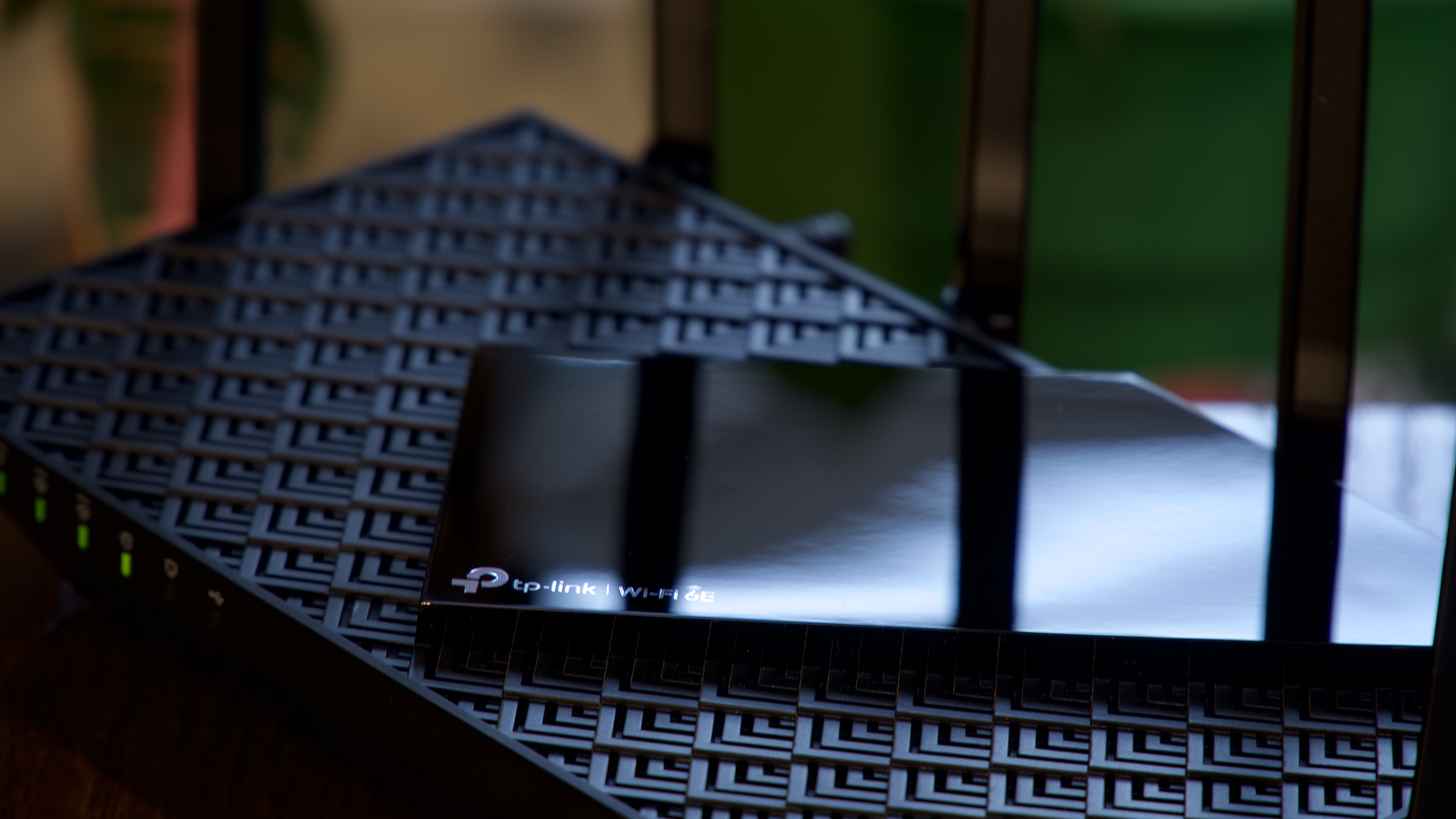
The TP-Link Archer AXE75 looks quite a bit like the Archer AX73 I reviewed over a year ago and on the spec sheet, it doesn’t look that much faster. And in fact, in a vacuum, or rather an anechoic chamber, they are very similar. The Archer AXE75 though has some tricks that help it stand out and for many people, will be able to deliver greater wireless speeds including but not limited to a faster CPU.
One thing that may not seem like a big deal at first is the fact that this is a tri-band router. This allows it to broadcast not only on the common and compatible lower 5GHz band but also at 6GHz where there’s much less congestion. If you live in a dense residential area such as an apartment building or townhouse, you may have noticed that your phone can see all of your neighbors’ Wi-Fi signals and maybe even further. All of these signals must share the same 5GHz bands and while Wi-Fi 6 has gotten better at dodging other signals and keeping speeds high, it’s still better to work with some open air.
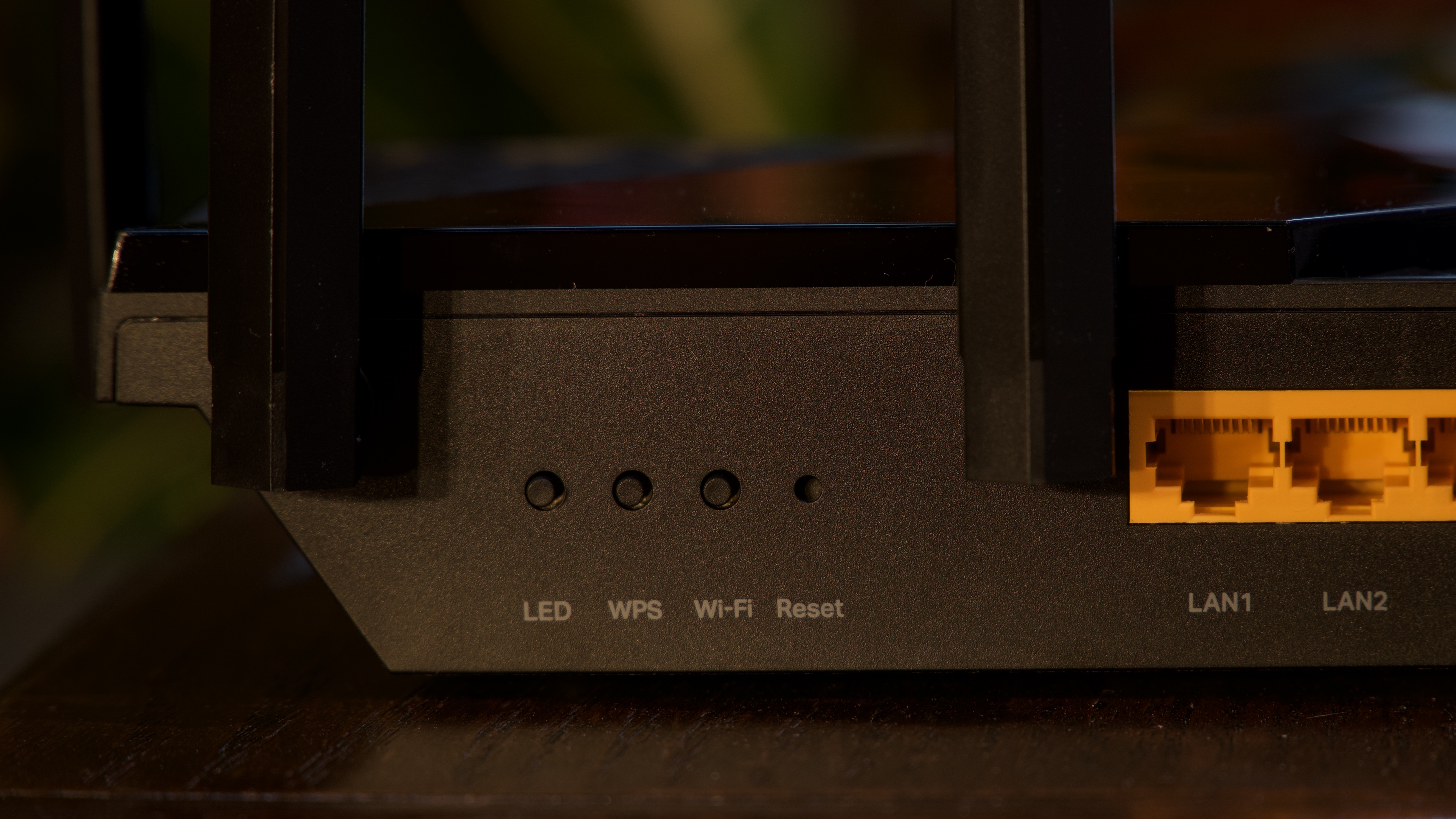
Wi-Fi at 6GHz has access to many more bands than 5GHz and can actually support seven simultaneous 160MHz bands at once. And while only a handful of devices currently support Wi-Fi 6E, most new flagship-tier phones as well as some laptops and tablets have started to pack in the tech. As people gradually move their devices over to 6GHz Wi-Fi the burden on 5GHz can be alleviated a bit helping legacy devices perform their very best.
Now, a monster quad-band AXE16000 router like the ROG Rapture GT-AXE16000 gives you as much speed as possible on every available band, but in reality, very few people need that kind of speed. For most people, including me, the TP-Link Archer AXE75 has more than enough power for all of their devices, including gaming.
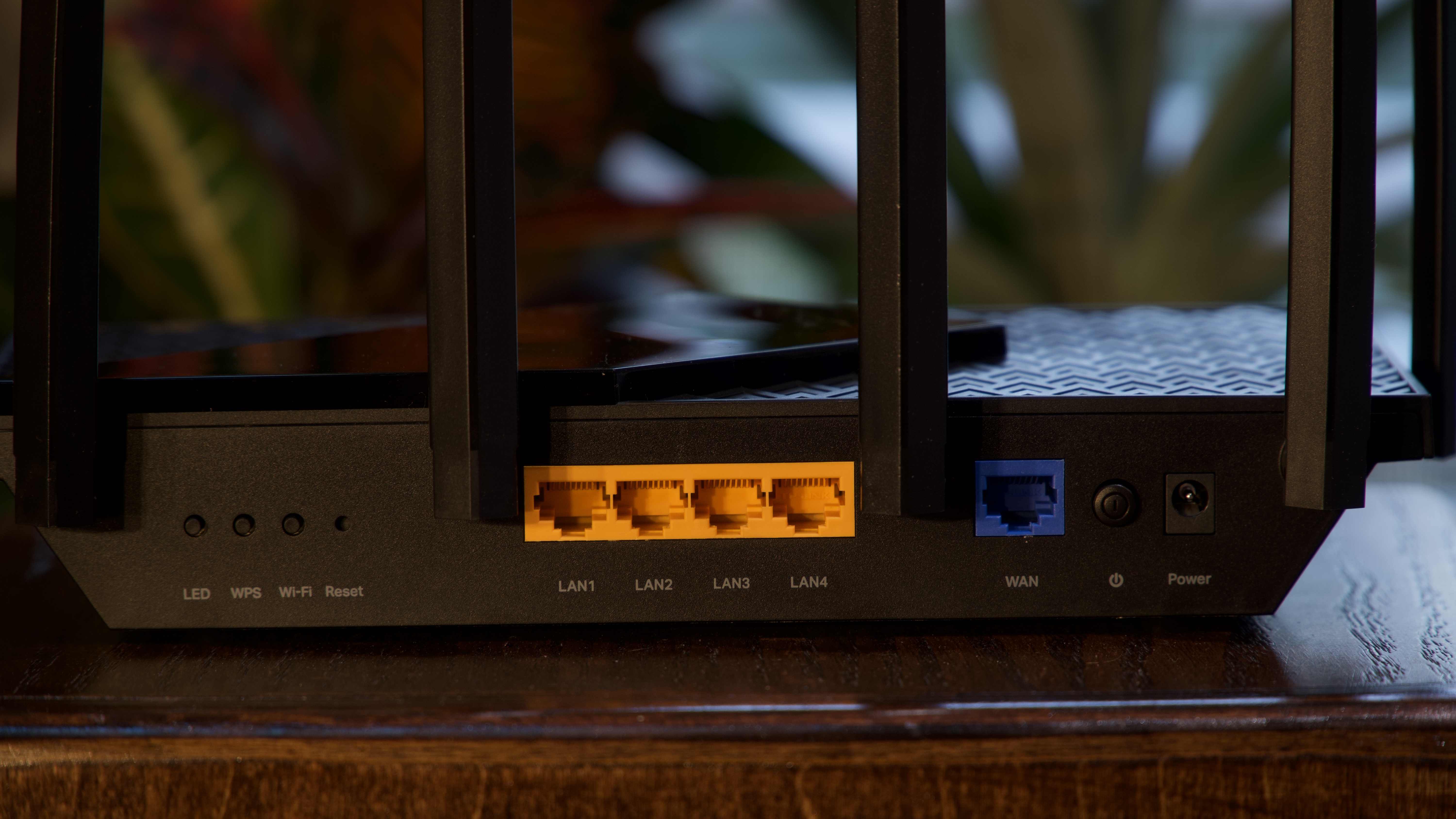
The Archer AXE75 sticks to the same general design as the AX73 and several other TP-Link Wi-Fi 6 routers with a repeating pattern on top allowing for plenty of heat dissipation and a glossy plastic rectangle to give it some flair as well as collecting 90% of the dust particles in your house.
Around the back, you get four gigabit Ethernet ports for LAN and a few buttons to make using the Archer AXE75 a bit easier. Notably, there’s a button for turning off the LED lights which is great for people that are sensitive to light when they’re trying to sleep. On the sides, you get six adjustable antennas and a USB 3.0 port. The USB port can be used for some basic network storage and even as a Time Machine mode for backing up Mac computers.
For most people though, the most important thing is speed and this router has plenty of it. I tested the TP-Link Archer AXE75 on my symmetrical gigabit internet connection from a local provider. This connection typically delivers speeds up to 900Mbps down and 700Mbps up at the time I tested this router. Let’s start with the 5GHz results which is the band that most devices will be using.
| Row 0 - Cell 0 | Living room (router) | Bedroom | Garage |
| Zenfone 8 (Wi-Fi 6 160MHz) | 593/665Mbps, 677/661Mbps | 322/311Mbps, 382/419Mbps | 434/314Mbps, 342/210Mbps |
| Galaxy S20+ (Wi-Fi 6 80MHz) | 364/446Mbps, 359/326Mbps | 257/193Mbps, 272/259Mbps | 376/149Mbps, 387/152Mbps |
| LG G8 (Wi-Fi 5 80MHz) | 539/565Mbps, 613/522Mbps | 374/243Mbps, 377/254Mbps | 422/254Mbps, 353/253Mbps |
These results were generally strong for this house and this level of hardware. To keep things in perspective, the speeds weren’t all that far off of the much more powerful (and expensive) ROG Rapture GT-AXE16000 at 5GHz. Perhaps the most impressive thing is that compared to the same router, the Archer AXE75 didn’t fall behind at all in 6GHz results and in some places, came out ahead.
| Row 0 - Cell 0 | Living room (router) | Bedroom | Garage |
| Zenfone 8 (Wi-Fi 6E) | 582/709Mbps, 584/684Mbps | 613/234Mbps, 585/325Mbps | 661/108Mbps, 649/106Mbps |
Overall, I’m happy with the speed test results and found them to be right in line with what I expect out of this tier of hardware, maybe even a little better. If you buy this router to experience 6GHz Wi-Fi, you should be happy with the results.
Unlike some mesh systems, connecting to TP-Link’s 6GHZ Wi-Fi is quite easy because the router separates it into its own SSID and does not combine it with smart connect. That means that this router broadcasts two Wi-Fi names by default with one for your 2.4GHz and 5GHz connection and the other exclusively for 6GHz connections. This ensures that you’ll be able to connect to 6GHZ whenever you like but you’ll need to rely on your device to switch over to the other signal if the 6GHz connection isn’t strong enough. In my house, this wasn’t much of an issue but if you’ve got a large house, you may notice your phone switching WI-Fi connections more than you like.
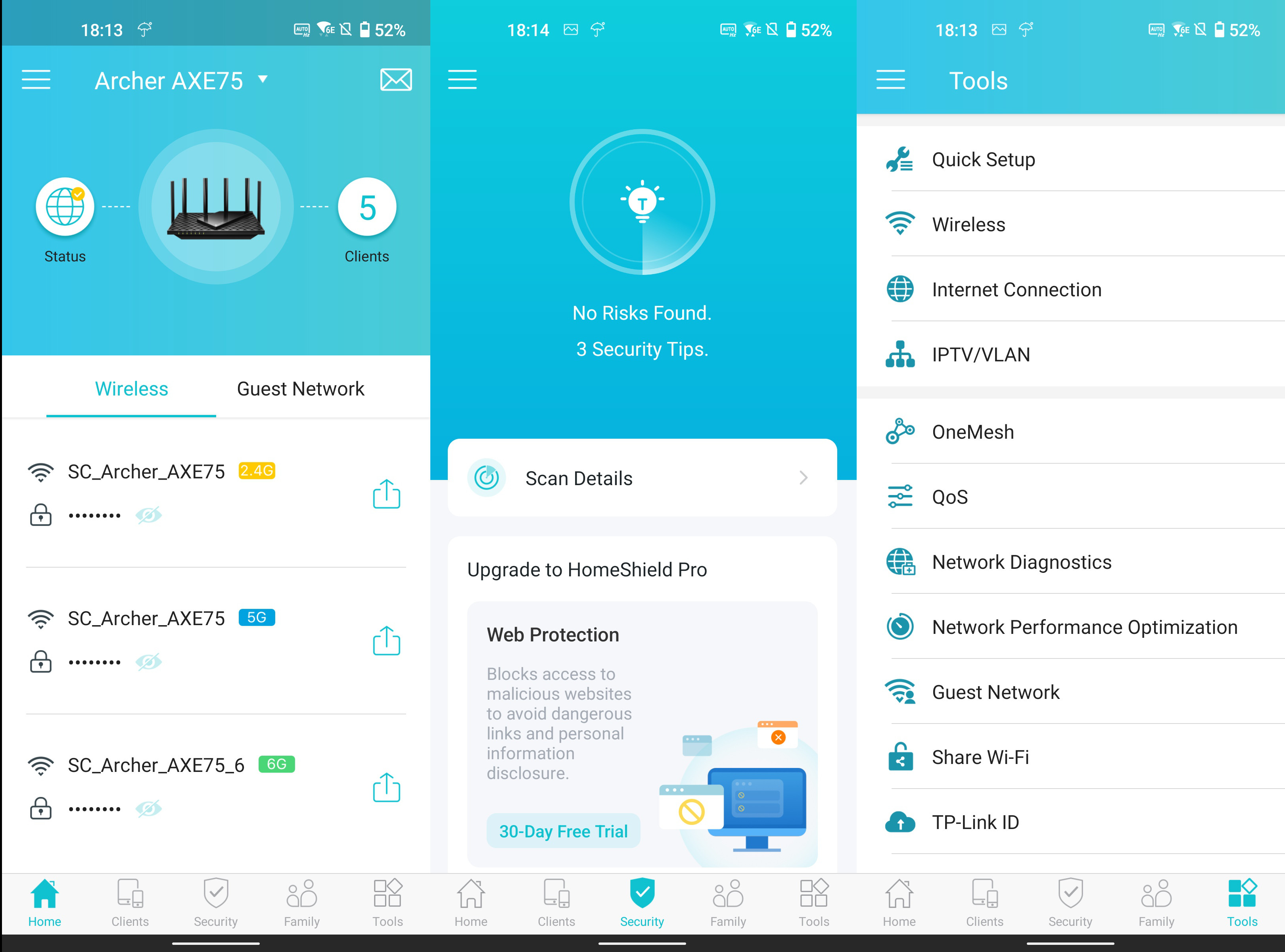
When it comes to software, it’s the standard TP-Link software behind the hardware which I generally like. The Tether app on Android and iOS makes setup a breeze and even with a laptop handy, is my preferred way to get a TP-Link up and running. You’ll be able to set up QoS priority devices and set up HomeShield security and parental controls. HomeShield is a subscription service that costs $5.99 per month or $54.99 per year and has some nice web filters and security recommendations. The best part about HomeShield is that you don’t need it at all and TP-Link doesn’t badger you with pop-ups about it.
There are also some nice features such as a scanning tool to see if you’re using the best band and a network diagnostics tool. It’s always nice when there are some basic troubleshooting tools available if network performance isn’t up to expectations.
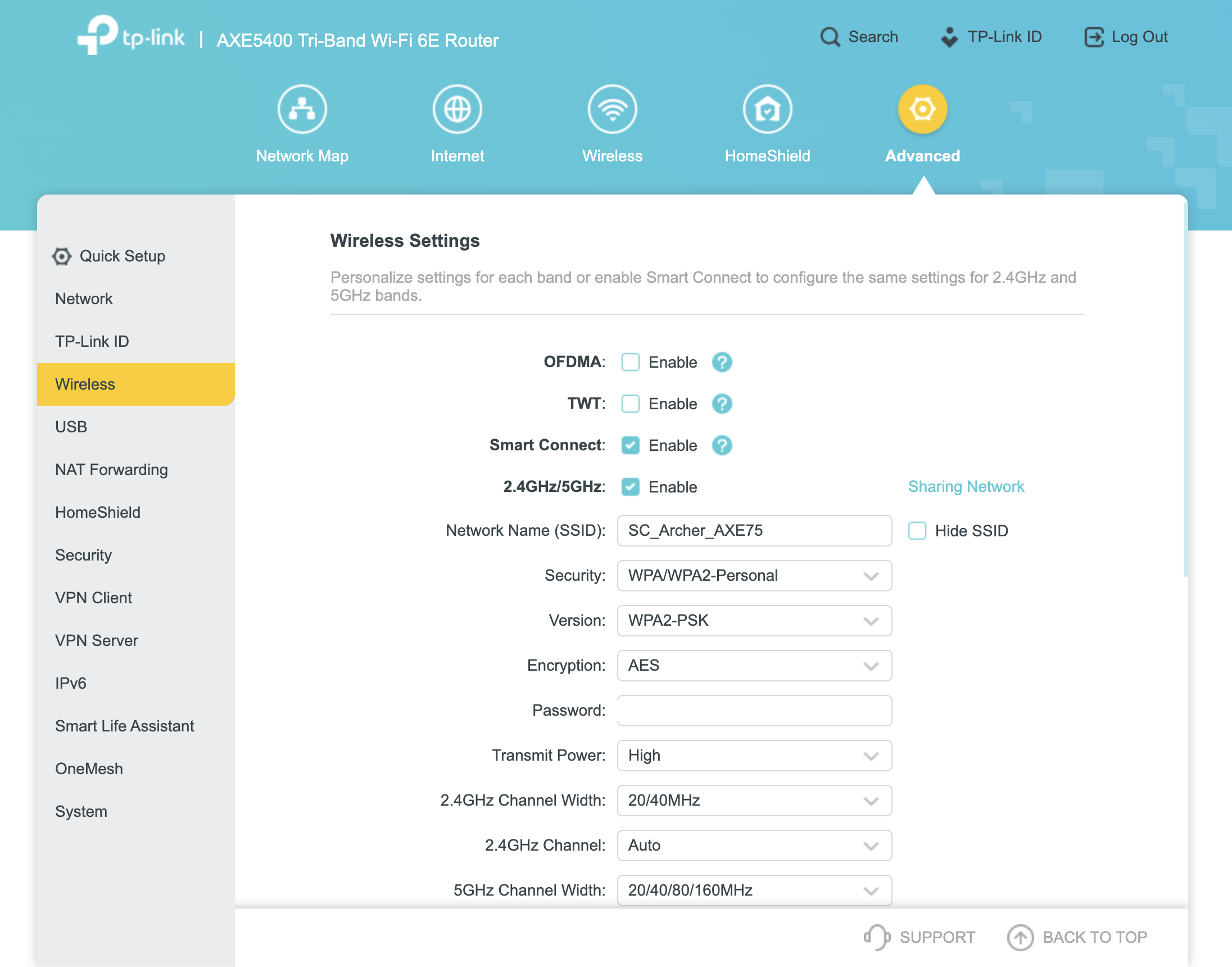
You can also check for firmware updates but during the setup process, you’ll be able to set an auto-update time so you may never actually need to initiate an update. In the app, some advanced settings are available but if you’re looking for something a little nerdier, like setting up network storage, you’ll need to connect via the web browser.
TP-Link Archer AXE75 review: What should be better
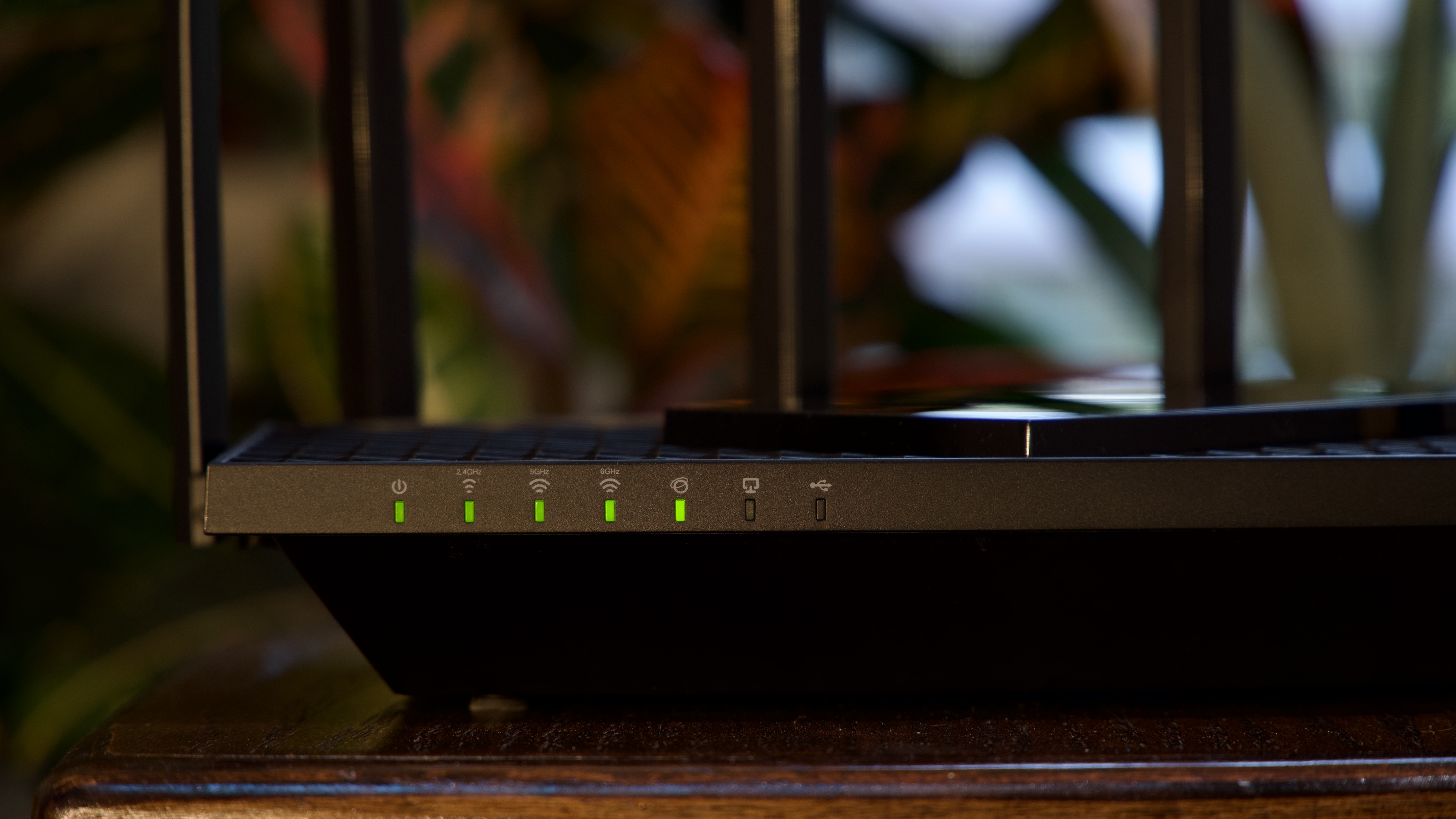
TP-Link introduced this design with the Archer AX73 and while it’s far from offensive, there are a lot of other routers that are doing better design work than TP-Link. Still, the design is solid enough since most people won’t be looking at this router more than a few times when they need to plug something in. I’m just not thrilled to see glossy plastic on anything electronic as I know from experience just how much dust will find it. I just feel like TP-Link could have done more to make this router feel special
Switching to something a little more serious, the Archer AXE75 lacks any multi-gig Ethernet options. There’s also no link aggregation so your top wired speeds will only ever be 1Gbps. If you’re looking at multi-gig internet service, you’ll want something with a more robust wired setup. While a multi-gig Ethernet switch would have disrupted one of this router’s greatest strengths, the price, it’s still something to consider.
Lastly, I think OneMesh needs a rethink. OneMesh is TP-Link’s mesh expansion options using a handful of compatible Wi-Fi extenders. Unlike AiMesh from ASUS, OneMesh cannot create a mesh between two TP-Link routers. For example, if you bought two Archer AXE75 routers, you couldn’t create a mesh with them.I think it would make a lot more sense if you could mesh with routers or even with Deco nodes. Since TP-Link has made all Decos compatible with one another, it doesn’t seem like that much of a leap.
All that said, I didn’t experience any trouble with connectivity in my time testing the Archer AXE75 which is really the most important thing for a router.
TP-Link Archer AXE75 review: Competition
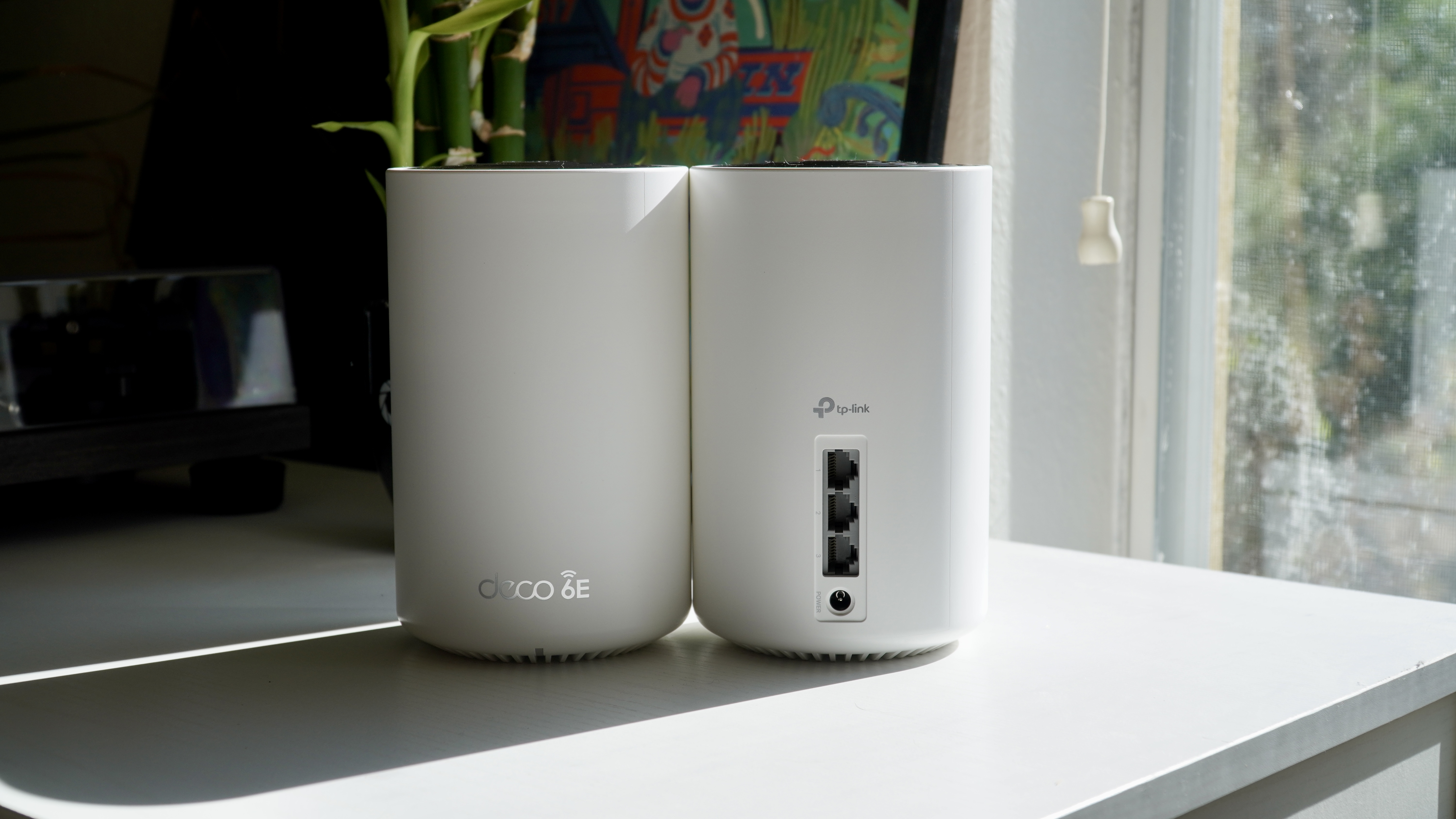
If you like what the Archer AXE75 does in terms of wireless capacity but think you’ll benefit from mesh expansion, the Deco XE75 should be your next stop. With nearly identical hardware inside, the Deco XE75 has much the same wireless speeds and reliability as the Archer with the ability to expand it with any Deco nodes. One thing to keep in mind is that the Deco software is simplified compared to Archer so you’ll lose access to some of the advanced settings, but you’ll keep the most important thing, the Wi-Fi 6E speeds.
Contrary to how it may seem, if you have a small space and don’t need a mesh solution, the eero Pro 6E is an excellent Wi-Fi 6E router. With this router, eero used smart connect to unify all bands under a single WI-Fi name and when deployed as a mesh, often didn’t select Wi-Fi 6E for your devices. With just a single router deployed, the eero Pro 6E picked Wi-Fi 6E much more often. You can also sign up for eero Plus which bundles in some security advancements including some cool features like eero Internet Backup. As a simple router for a small home, eero Pro 6E has plenty of capacity and multi-gigabit Ethernet.
If you’re looking for a Wi-Fi 6E router but don’t want an RGB-laden gaming behemoth, the ASUS RT-AXE7800 is worth a look. From the spec sheet, this router looks a lot like the ROG Rapture GT-AX6000 I reviewed with the second 2.5GbE port replaced with a 6GHz band. This router keeps its top speeds reserved for 5GHz devices with 4804Mbps of capacity plus a 6GHz band with 2402Mbps. While this seems odd, given the amount of spectrum at 6GHz, it makes sense as a way to save money since most of our devices won’t be using the 6GHz band at all. It makes sense as an upgrade at $329.99 on Amazon if you need the extra capacity. It will be years before most of our devices switch over so it makes sense to keep the focus on 5GHz for the time being.
TP-Link Archer AXE75 review: Should you buy it?
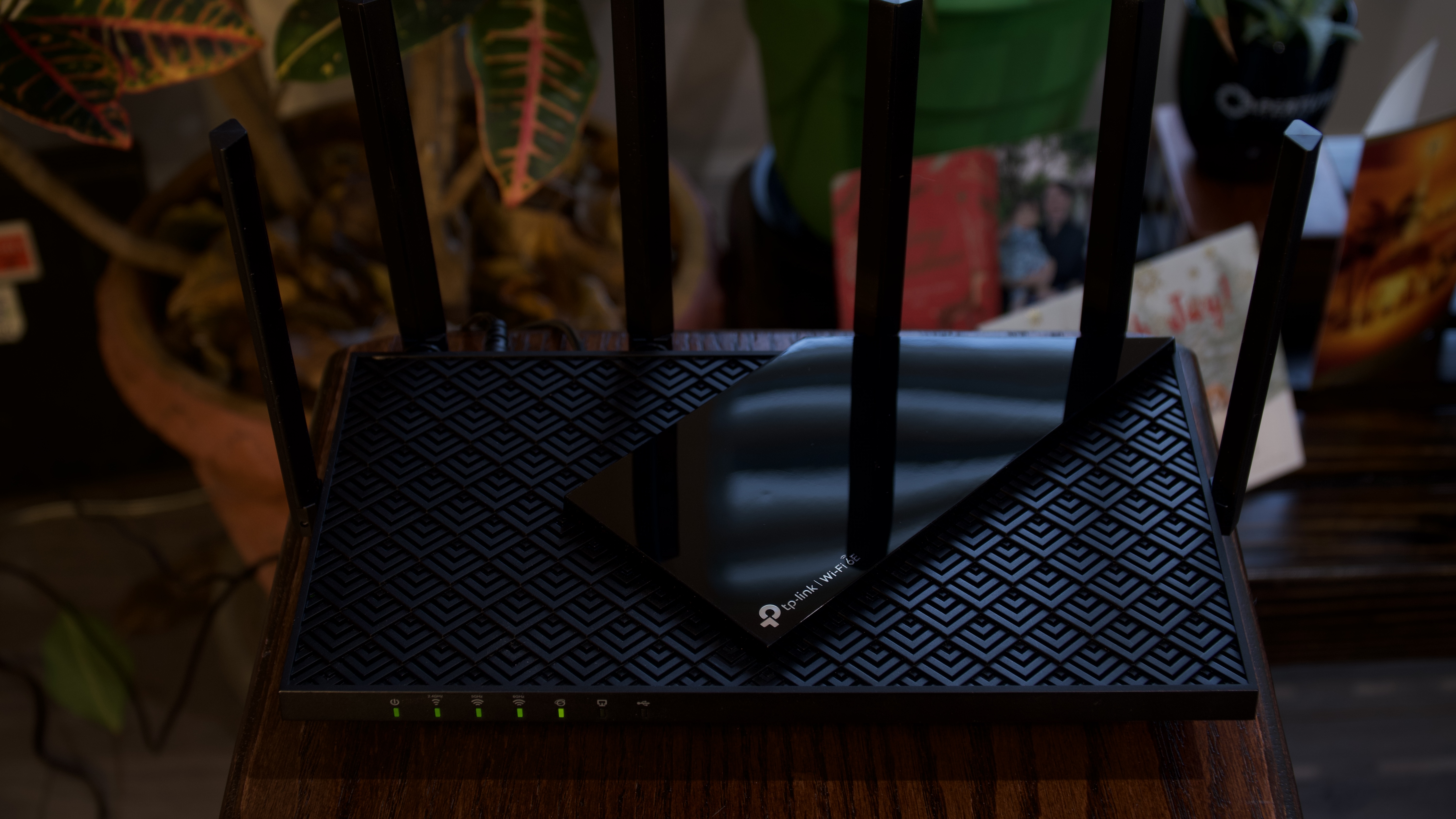
You should buy it if...
- You need Wi-Fi 6E support as cheaply as possible.
- You want to use 6GHz devices without impacting 5GHz speeds.
- You have a fast internet connection of up to 1Gbps.
You should skip it if...
- Your internet is faster than 1Gbps.
- You need robust mesh expansion options.
The TP-Link Archer AXE75 is a cheap Wi-Fi 6E router but when it comes to actual performance, it feels as nice to use as routers that cost twice as much. It has plenty of speed at both 5GHz and 6GHz so you don’t need to give up any capacity to make the most of 160MHz devices using the latest version of Wi-Fi or devices using Wi-Fi 6 or Wi-Fi 5 with 160MHz. This sensible layout makes it one of the best Wi-Fi 6E routers available right now. TP-Link’s software is easy to use and offers advanced customization for those that want it without complicating the software for those that don’t.
If you’re ready to try out Wi-Fi 6E or just want to see the best possible speeds on a new phone like the Pixel 7 or Galaxy S22 that supports 6GHz, this is a great pick. While OneMesh isn’t as robust as some of its competition, it still offers a path toward mesh expansion if you want it. When it comes down to it, the TP-Link Archer AXE75 is a powerful router that offers plenty of capacity for the majority of 5GHz and 6GHz devices. The lack of multi-gig Ethernet is a drag but if you're fine with a gigabit connection or slower for the next couple of years, this is one of the best routers to make the transition to Wi-Fi 6E.
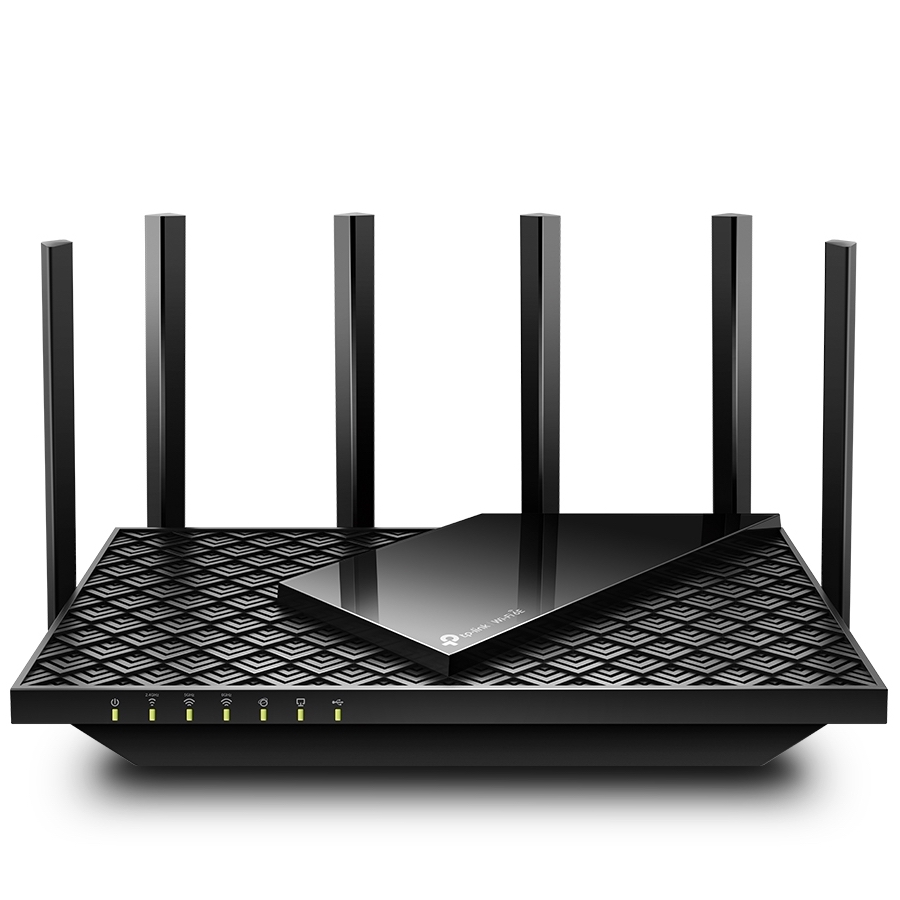
Wi-Fi 6E performance for less
The TP-Link Archer AXE75 is one of the cheapest Wi-Fi 6E routers you can buy but it still has plenty of speed for most homes including 160MHz support on both the 5GHz and 6GHz bands. With support for internet speeds up to 1Gbps, this is a great router to transition to Wi-Fi 6E.
When Samuel is not writing about networking or 5G at Android Central, he spends most of his time researching computer components and obsessing over what CPU goes into the ultimate Windows 98 computer. It's the Pentium 3.
